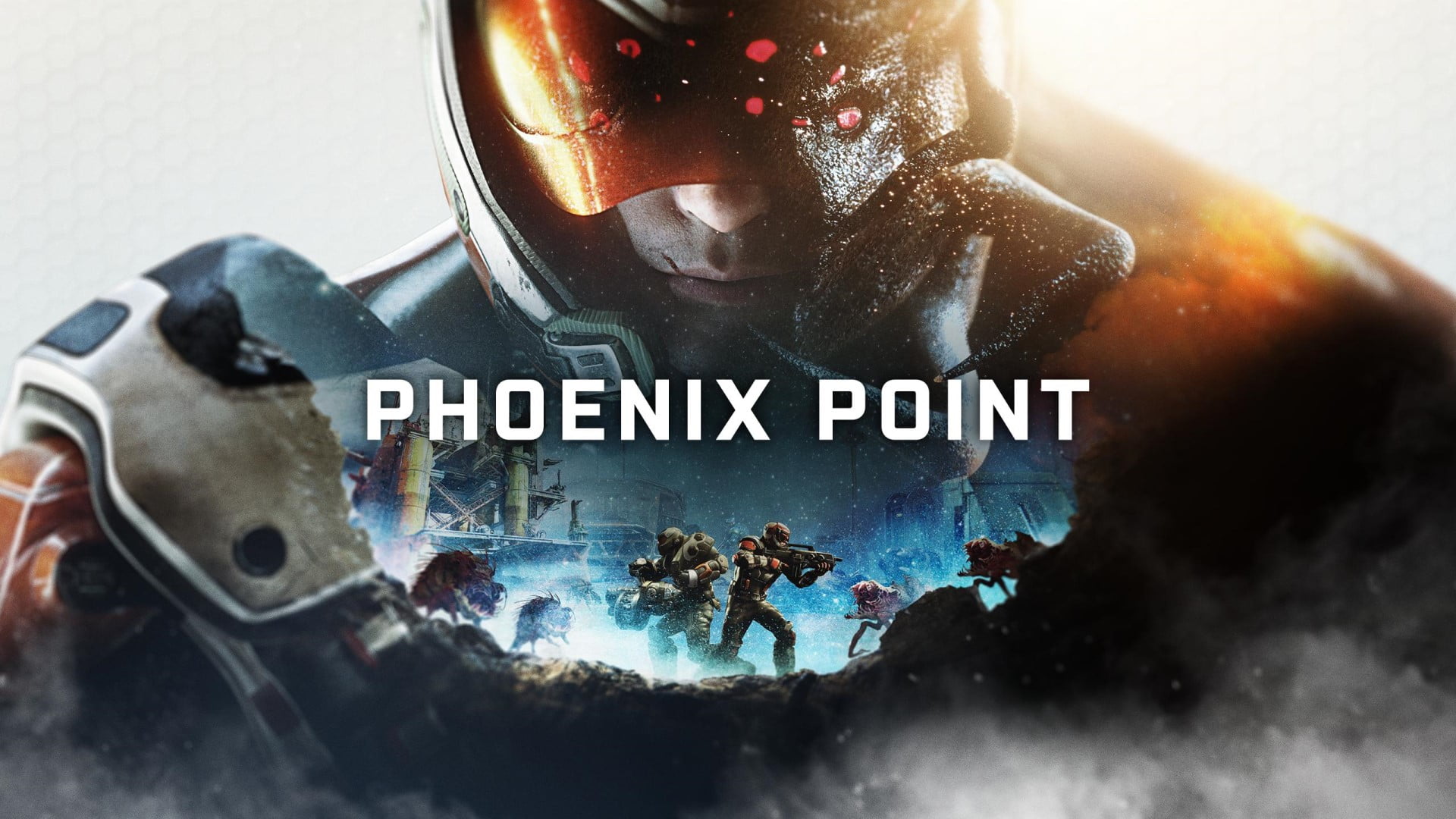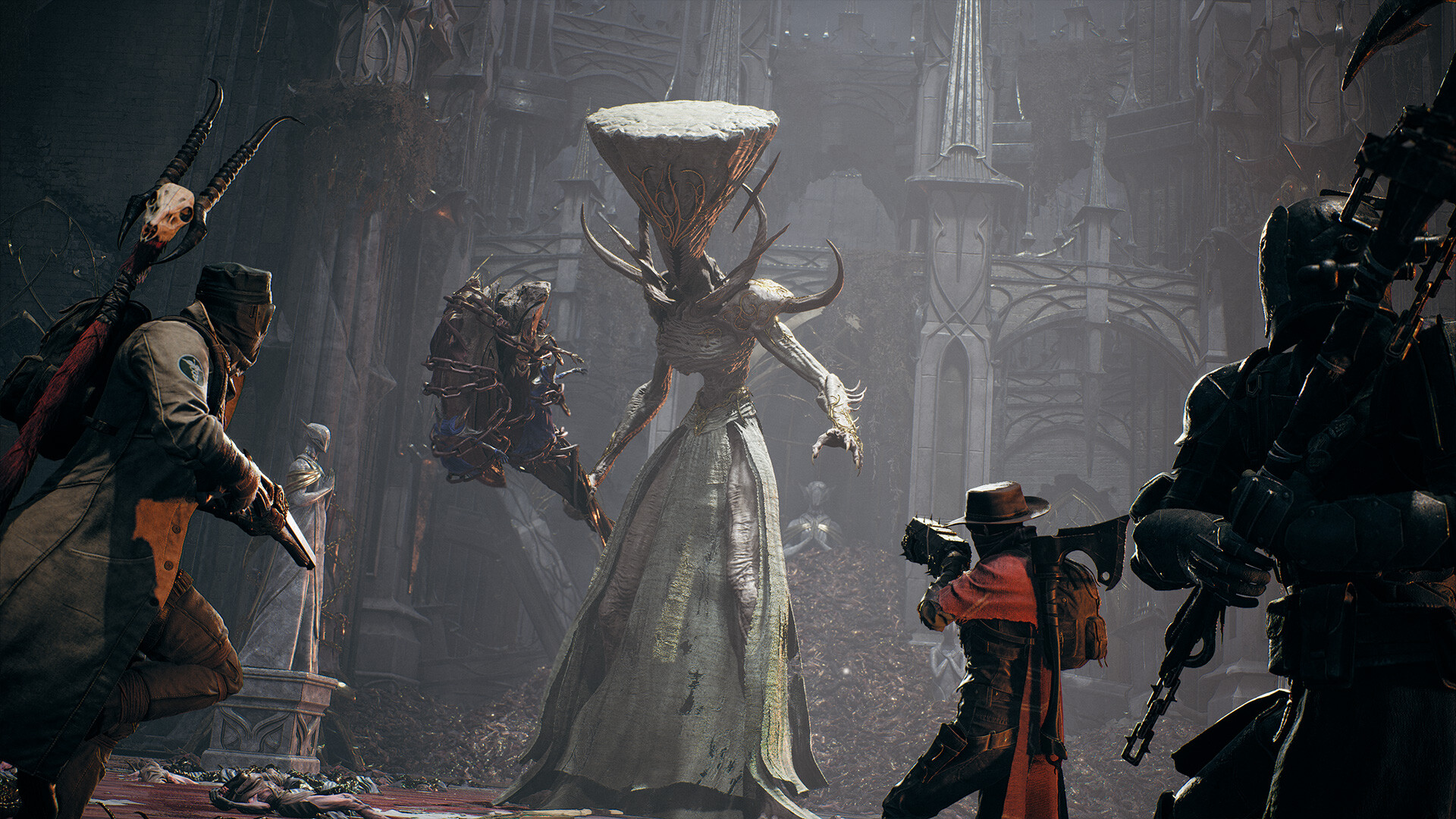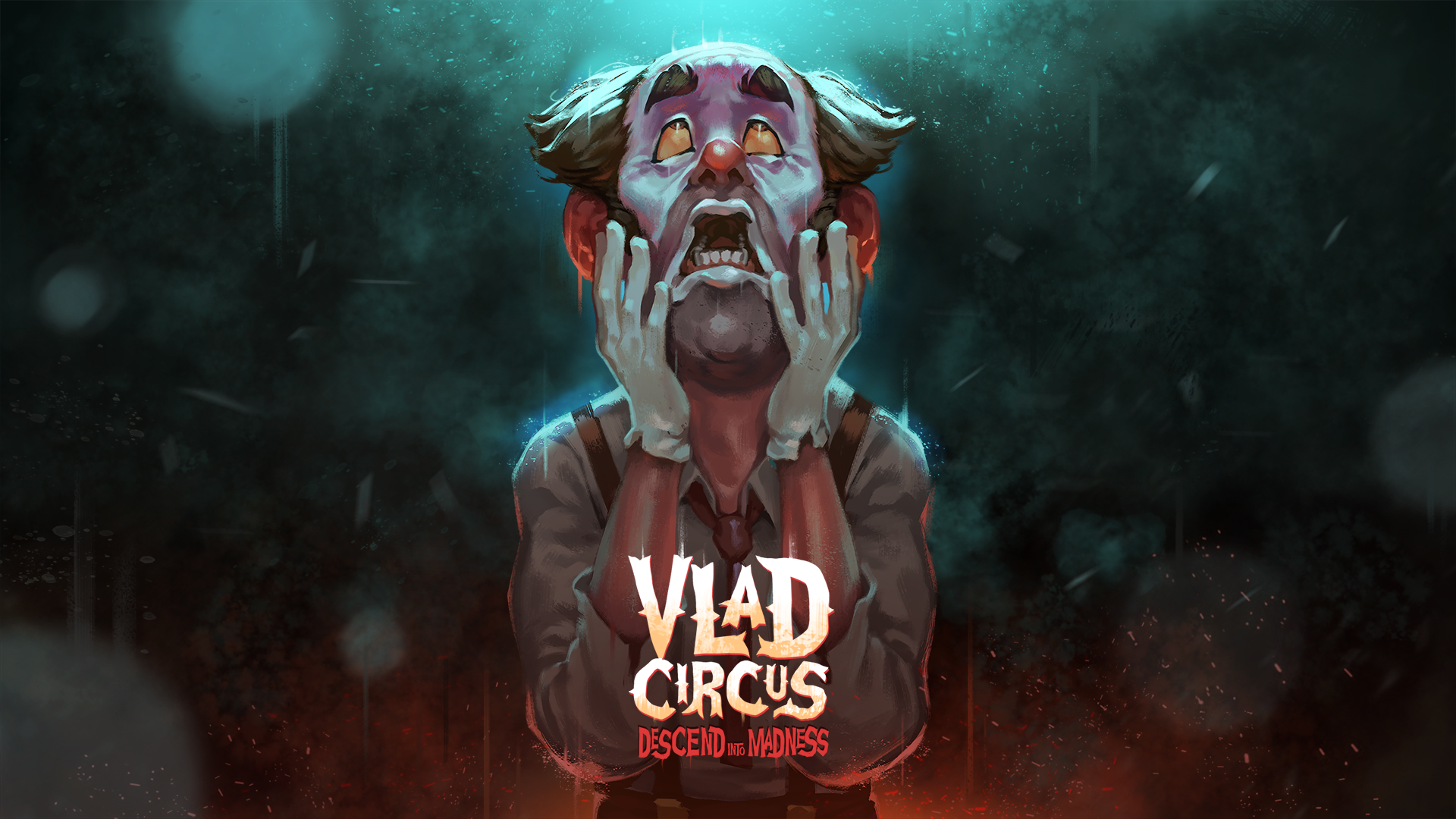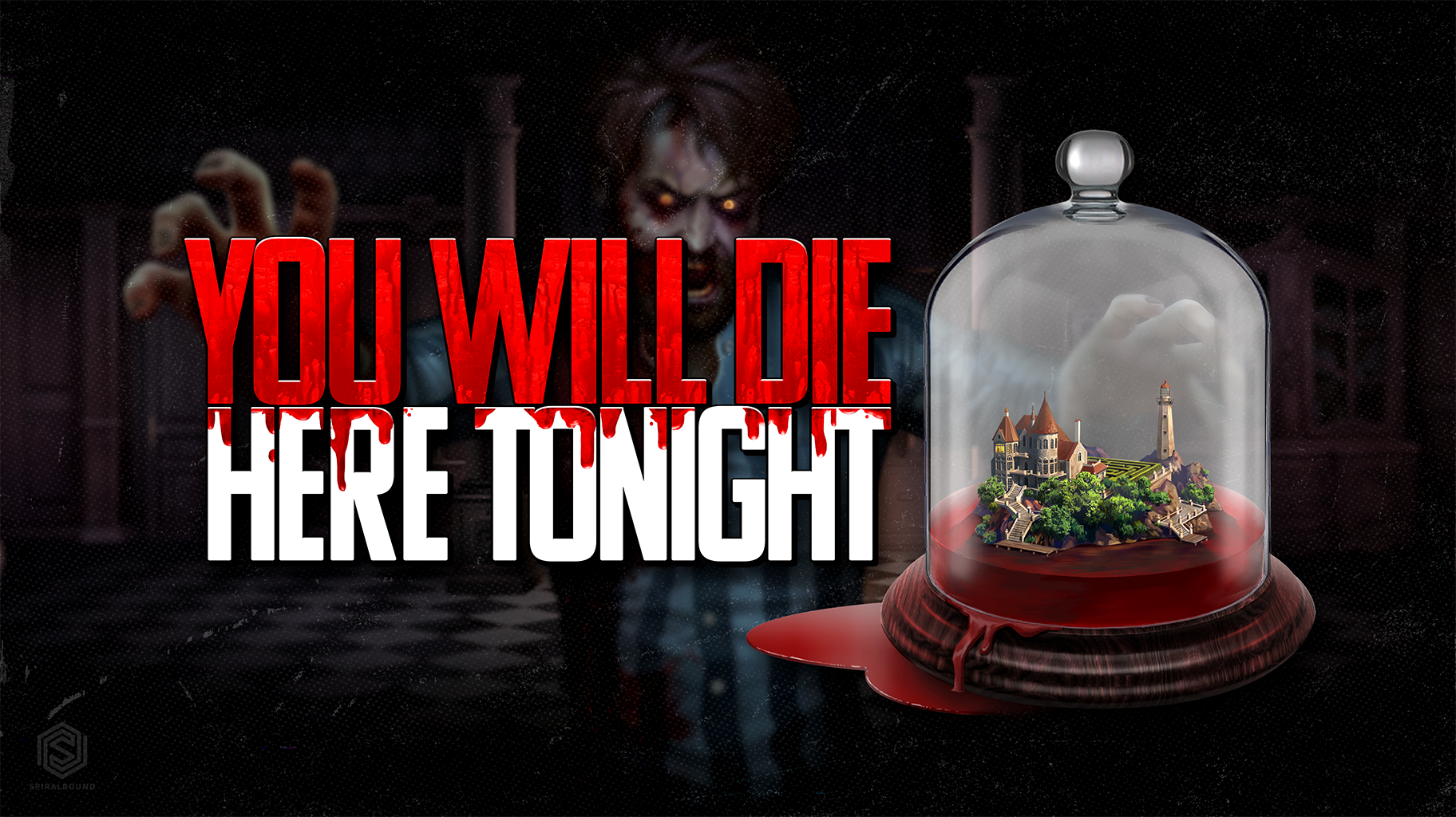
PHOENIX POINT Review – Two Steps Forward, One Step Back
I’m of the camp that believes that the strategy genre needs to evolve. Don’t get me wrong, I love myself some Starcraft and Civilization. But Sid Meier has basically been making the same game for 28 years, and there’s no fundamental difference between Starcraft 1 and 2 other than prettier graphics. While visuals and optimization improve, the fundamental mechanics of the genre rarely change. For RTS games, unit blobs will slam into other unit blobs with the most optimized unit blob coming out on top. For 4X games, you pick which path you want to focus on before rushing the tech that will get you there the fastest. And for tactics games, you roll dice and pray. For no series is this on better display than X-COM. When it started in 1994, X-COM was a game about carefully setting up your troops so that you have the best chance of all your dice rolling in your favor. With X-COM 2‘s release in 2016 (technically X-COM 5), the game is still about setting up all your troops so you have the best chance of the dice rolling in your favor, but easier and with some extra bells and whistles. With Phoenix Point, original X-COM creator Julian Gollop is attempting something big: to change up and evolve the core gameplay mechanics of the genre, while still maintaining the spirit of the originals.
It’s hard to understand the enormity of this shift without an intimate understanding of the X-COM community. While universally praised by critics and casual audiences, the newest X-COM games were actually received relatively poorly by hardcore fans. Many felt that the games were too easy, and simply a rehashing of concepts that were already done 20 years ago. I wouldn’t say I entirely agree with this standpoint, but I can see where they are coming from. Graphics are the least important part of a tactics game, and if your revival of a series is just, “same thing but prettier,” it won’t really matter to fans of the original. So when creator Julian Gollop announced that Snapshot Games would be creating a spiritual successor to his original X-COM series, fans regarded it as a returning of the chosen one to cast out the pretenders and reclaim the throne of tactical alien-fighting goodness. Did Phoenix Point succeed as was prophecized? Eh… kinda?

On the surface, Phoenix Point will be immediately recognizable to anyone that is familiar with X-COM. You play as the Phoenix Project, a nearly dismantled secret organization tasked with saving the world from generalized apocalypses. That apocalypse in this timeline comes in the mutant pandemic variety. This virus is called the Pandoravirus, and causes shit to go from fine to end-times in a heartbeat. A strange mist begins to cover the earth, and a voice calls people into the ocean. When they emerge, they’re crab people with machine guns. Called the Pandorans, these sea creature things are as nasty as they are diverse. Some become slimy coral toad things, others become hulking crabs mixed with sea worms, and others become mind control lobsters. It’s a pretty unique setting, part alien invasion and part Cthulhu, and distinct enough from previous games that I really got sucked into the world.

The apocalypse itself took place some time ago. Since the collapse, three groups have risen to try to hold humanity together. New Jericho is a group of techno-fascists who seek to fight back the aliens with the power of bigger guns. Synedrion is is a democratic group of ecologists that seek to find ways to live in harmony with the new alien ecosystem. The Disciples of Anu figure that if the world now has crab monsters, you might as well worship them. They seek to use the Pandoran DNA to mutate themselves into more perfect beings. All of these groups are at war with the murderous Pandorans, and on the brink of war with each other.
When you start a Phoenix Point campaign, you’re given a handful of survivors and plopped somewhere on the globe. This map is called the Geoscape. Phoenix Point will then generate a number of interactable landmarks, which are hidden. You’ll scan around your base, find some landmarks, and send off your group of soldiers to explore. Sometimes these landmarks offer you resources, sometimes it’s a haven belonging to one of the factions, sometimes it’s an ambush. These landmarks will often ask you to make a decision, which can net you more resources or further align you with one of the three groups. Each landmark allows you to further scan for more landmarks, meaning you’ll naturally slowly expand your reach. You’ll eventually find more bases, and before long you feel like a real force on the world stage.

Most of the meta-gameplay comes from aligning yourself with the various factions. There’s a base-building element, but it’s so basic it’s not worth delving into. Picking which faction you want to ally yourself with is far more than a simple moral decision. Each offers a different array of bonuses that can significantly alter your playstyle. The Disciples of Anu open up mutations, which can augment your soldiers with permanent alterations that replace their armor pieces. Synedrion offers you stealth weapons, accurate lasers, and knockout guns which can be used to capture aliens for research. New Jericho has the widest array of firearms, and their armor-piercing gauss technology is crucial for late-game fights.

So, I know what you’re thinking. As a Paragon gamer myself, my immediate instinct was to align with all of them. While this is kinda possible, it’s incredibly difficult and arguably not worth it. Raiding human factions is the most reliable way to gather resources and equipment for your army. You can raid hangers to get new airships, research stations to steal tech, production facilities to take raw materials, etc. These actions will eventually result in irrevocable war, but that doesn’t stop you from just stealing all the stuff you could have gotten by being friends with them. The factions will also declare war on each other, further incentivizing you to pick a side to improve relationships with your favorite team. However, warring with a faction has its own slew of downsides. Sure, you’re getting all of these nice new guns and airships, but the enemy will attack you back. You’ll have to defend your base from invading enemy factions and Pandorans alike. Havens will also be wiped out if they are attacked enough, meaning your desire for stuff gives the Pandorans more room to expand.
It’s a fantastic new addition to the traditional humans vs. aliens format. There’s a ton of cool stuff to discover, like how aligning with both Synedrion and New Jericho will unlock the use of laser turrets. There’s plenty of fun moments where you realize the tech can be combined to create even more powerful creations. That being said, the game cannot properly realize this concept of a global war. Phoenix Point is in desperate need of some kind of mission automation. Controlling one group of soldiers is fine. Controlling any more than two is a nightmare. Trying to juggle the flight routes and mission plans for your various groups is just a chore, and any unexpected combat severely breaks the flow. This is not at all helped by frequent ambushes, which serve exclusively to punish you and have no reward for completion.

However, the biggest problem with the Geoscape gameplay is not easily fixed. Phoenix Point‘s style of gameplay just doesn’t fit with the epic conflicts the world wants to involve you in. When Synedrion declares war on New Jericho, it’s a 30 city v 30 city brawl for dominance. Dots will be wiped off the map as whole regions lose their representation from the loser’s faction. As the Phoenix Project, you’ll struggle to maintain your roster of 20 soldiers. You can technically have 100s if you want, but managing this huge group is incredibly unwieldy. You have to manually assign transport, gear, skills, and destinations for each of your soldiers. Even if you like this kind of macro-scale micro-management, actually getting this number of soldiers is extremely hard. Soldiers cost resources to recruit, and can only be recruited one at a time from the various havens. If one of these gets wiped out, you lose a source of new soldiers. You’re more than likely going to have a group of 14-20 soldiers that you fly from mission to mission, and ferry between bases as needed to defend them.
However, the tedium of management is less noticeable when the combat is fun. This is the real meat and potatoes of Phoenix Point, and where Jullian sought to shake up the genre the most. Similar to X-COM, it’s still a large grid. You’ll set up your soldiers and try to confront the enemy tactically while taking as few losses as possible. The big change here is that the combat is no longer a pure roll of the dice. Instead, each projectile fired is rendered, calculated, and shot. This gives a level of tactical complexity that was previously impossible. It also opens Phoenix Point up to a whole new world of bugs and inconsistencies.

In previous tactics games, you were always at the whims of a capricious trickster god. You might have a 95% chance to succeed, but you know that eventually your character will roll that 1 and trip over his own balls facefirst onto his shotgun. This leads to some memeable moments, like where your solider will fire bullets directly through an alien because they miss despite being able to touch. There’s also some inconsistency, where certain cover will give percentage hit reduction across the board. It doesn’t matter if your light cover is a trashcan or a concrete roadblock, it always reduces enemy chance to hit by a certain percentage. In Phoenix Point, you can aim your soldier’s weapons manually. This takes the form of two large circles representing your area of fire. The larger circle shows where 100% of your shots will land, while the smaller tighter circles is where 50% of your shots land.
This means that with enough accuracy, you can 100% guarantee a chance to hit. Halleluja. It also means that certain environmental factors can actually matter. Say you have a staircase with a railing. You can now shoot under the railing to score a hit. This system allows for a focus on body targeting, which in turn makes directional fire actually matter. Most tactics games have a set flanking bonus, but in Phoenix Point this can lead to a clear shot on a critical body part. Which part is best to blast off is situational, and there’s no clear “critical hit.” Disabling heads reduce health and morale, but it’s often more useful to blast off an arm to disable a weapon. This also allows the game to create giant foes with several weak points, requiring you to take them down piece by piece. It takes you a second to wrap your head around the system and relearn that headshots aren’t always best. Once you do, it’s hard to see yourself going back.

That being said, the system is intensely buggy. The most obvious example is inconsistent firing mechanics. In Phoenix Point, soldiers have 3 ways they can fire their gun. If standing out of cover, they just aim and fire. If below low cover, they stand and fire. If behind a wall, they pop out from behind the wall and fire before returning to cover. Different guns fire from different angles, meaning that heavy weapons will often be obstructed by low cover. However, these firing rules often don’t work. I cannot tell you how many times I could not line up a shot because that spot of heavy cover would let me pop out to the left, but not the right. Or vice versa. Or how many times I’d just have to guess if my grenade would hit the ceiling. Even if the game says you’re in the clear, there’s no real way to know. With such a deep and rewarding combat system, it’s always a pain when it bugs out. However, Phoenix Point often felt more random than the dice rolls in X-COM simply because I didn’t know if the system would actually work.

These bugs are just the tip of the iceberg on a larger swath of problems. As it stands now, I have yet to beat Phoenix Point. I got pretty far in the last week, but encountered a setback where the Epic Games Store’s cloud save feature deleted a few days of progress. I went on the forum to find a solution, and found several other people with the same problem. I get that technical accidents happen, but this is fucking unacceptable. The sheer number of bugs make the game feel unfinished, and I can’t help but wonder if the Phoenix Point we got is just a beta they had when the money ran out.
I took a couple of days after The Great Save File Purge to cool off before reviewing Phoenix Point. Overall, the game is very enjoyable. The developers are hard at work delivering patches, and I appreciate that. It’s easy to see without much squinting how the game would be phenomenal in a final state. I truly believe that Phoenix Point pushes boundaries and that this style of combat is the future for the tactics genre. But this game, it the state it’s in, is not the future. It’s got a ways to go before it can claim that. Fix all the bugs, streamline the loadout/mission process, automate some combat, then fix all of the bugs that come along with making those changes. Then we’d have a game really worth being lauded as one of the greats. If it makes those changes, I’m happy to sink week after week into Phoenix Point. Until then, consider it an interesting buy for fans looking at a glimpse of greatness.
Summary
The theme of Phoenix Point is evolution, both for the characters in the world and for the genre it lives in. And just like with real evolution, there’s plenty of unsightly hiccups along the way. While Phoenix Point certainly shows great promise, there are too many inconsistencies and blemishes to earn it anything more than a lukewarm reception. I can overlook some of these issues personally for the greater good of pushing genre boundaries, but I can’t in good conscious consider the game a final product.
Overall
3.5-
Game




